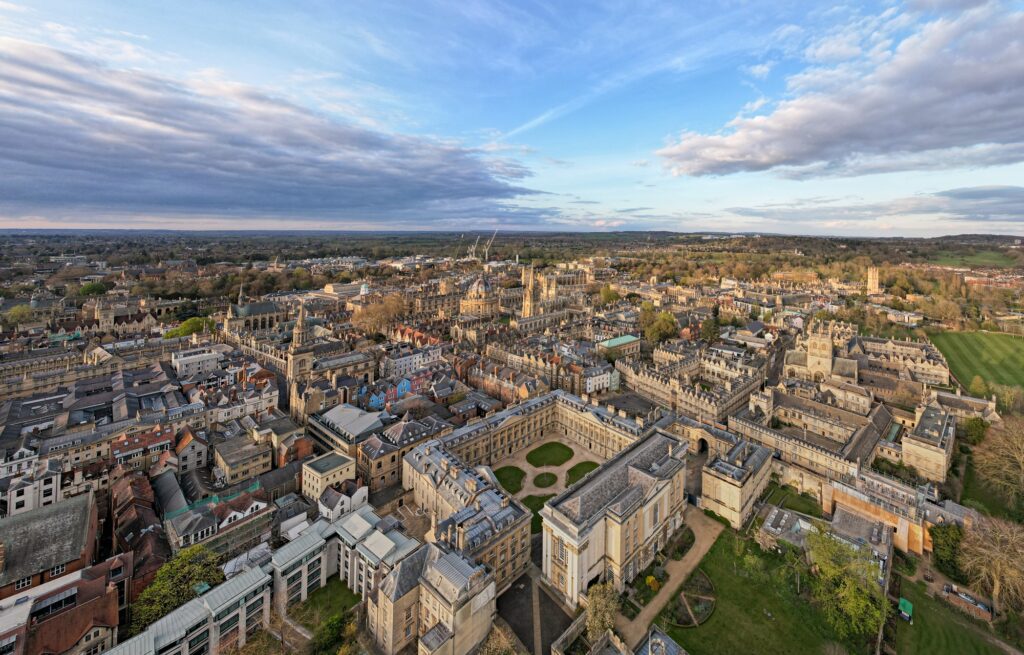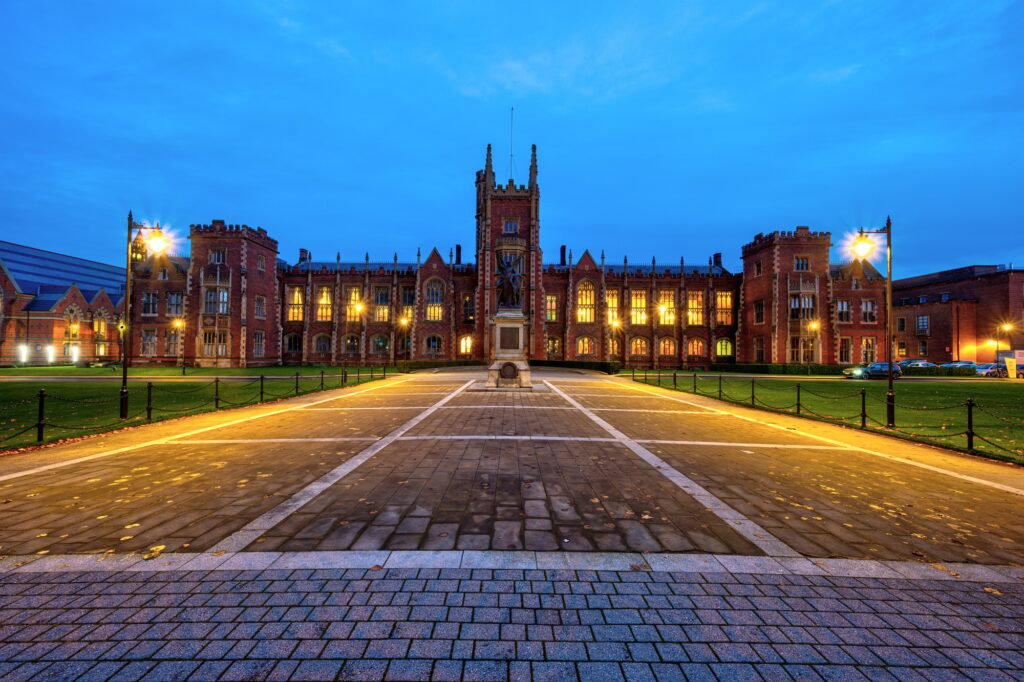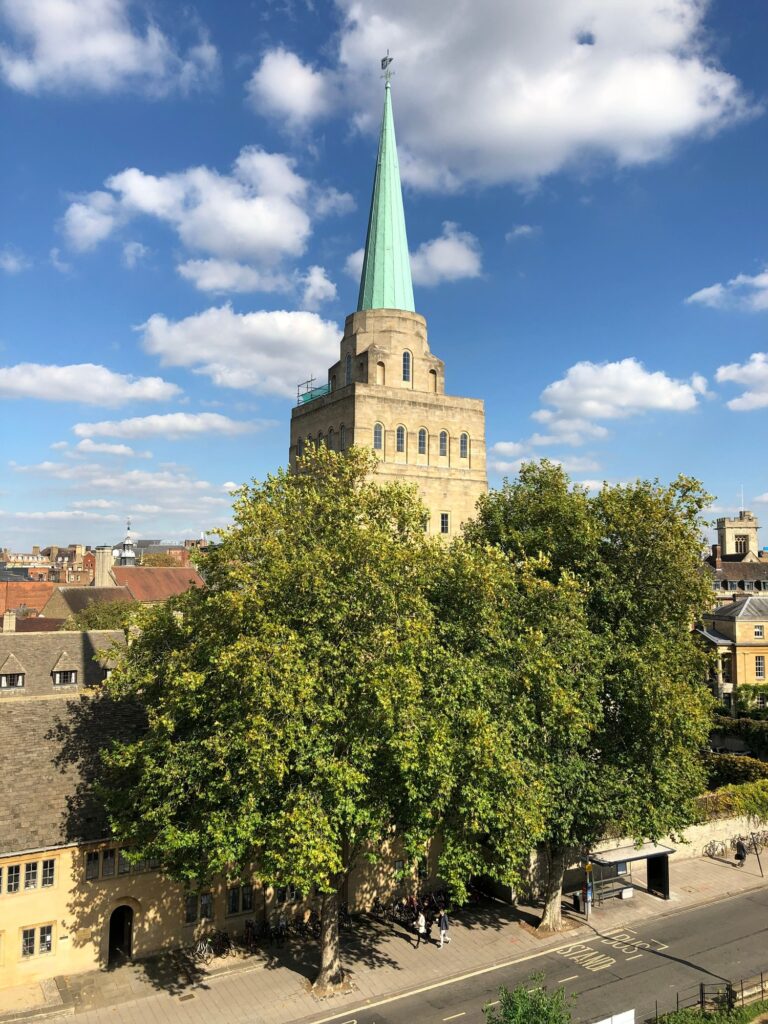United States of America
The United States remains one of the most sought-after destinations for international students and for good reason. With over 1 million international students enrolled annually, the USA offers a unique blend of academic excellence, cultural diversity, and career opportunities that few other countries can match.
The government as well as institutional scholarships that are generously provided by the US universities also make them quite popular amongst international students. With more than 6000 educational institutions to choose from, US provides a wide area of choice to cater the needs of students coming from various background and thus becomes quite promising Study Destination. Study in USA from Nepal is the dream to accomplish & we will help you do it.
Why Study In The USA?
World-Class Education
The USA is home to over 5,000 higher education institutions, including many of the world’s top-ranked universities such as Harvard, MIT, Stanford, and Caltech.
Career Opportunities
The Optional Practical Training (OPT) and STEM OPT extension programs allow international students to gain valuable work experience in the U.S. after graduation.
Cultural Diversity
With students from nearly every country, the USA offers a multicultural environment that fosters global understanding and personal growth.
Flexible Academic System
Students can choose from a wide range of programs and have the flexibility to switch majors, combine disciplines, and tailor their education to their interests and career goals.
Scholarship and Financial Aid
Many universities offer merit-based scholarships, assistantships, and financial aid packages to international students.

Requirements to Study in USA for Nepalese Students
To study in the United States, all international students must meet specific qualifying requirements. There are a few standard eligibility requirements that Nepalese must achieve in order to apply to US universities. Additionally, there may be university-specific requirements that must be examined and met when applying to specific universities. Here is the list of eligibility requirements to study in the USA:
Academic qualifications
Applicants must have completed secondary education equivalent to a high school diploma for undergraduate programmes and a bachelor's degree or its equivalent for graduate studies.
English Language Proficiency
It is important to prove your capabilities in the English language. By taking a certified English exam such as TOEFL, IELTS, or PTE Academic, you can enroll in any university, it is highly suggested to check their official webpage for the specific score required.
Transcripts
Applicants must submit their academic transcripts from their previous institutions.
Letters of recommendation
Applicants must submit letters of recommendation from two or three academic referees.
Scholarships to Study in USA for Nepalese Students
International students in the USA can look for valuable financial assistance in the form of available college and university Scholarships. These awards provide support for tuition fees and living expenses that would otherwise be challenging to cover. It is important to recognise that eligibility for these funds may vary based on various conditions such as academic achievement, extracurricular activities, leadership qualities, unique talents or backgrounds not widely represented. Many universities provide their own Scholarship opportunities while there are other sources from external organisations, foundations and government-initiated programmes. To take advantage of any of these possibilities it is imperative for students to closely examine the details, make sure they meet any criteria needed and ensure all applications are submitted before deadlines pass. Here’s an example of a table format showcasing scholarships, their amounts, and general eligibility criteria:
|
Scholarship
|
Amount
|
Eligibility
|
|---|---|---|
|
Fulbright Foreign Student Program
|
Varies (full or partial funding)
|
International students pursuing graduate study
|
|
Hubert H. Humphrey Fellowship Program
|
Varies (full funding)
|
Mid-career professionals in various fields
|
|
AAUW International Fellowships
|
$18,000 - $30,000
|
Women pursuing graduate or postgraduate studies
|
|
Rotary Foundation Global Grants
|
Varies (full funding)
|
Various fields of study and humanitarian work
|
|
Gates Millennium Scholars Program
|
Varies (full funding)
|
Underrepresented minority students
|
| Scholarship | Amount | Eligibility |
|---|---|---|
| Fulbright Foreign Student Program | Varies (full or partial funding) | International students pursuing graduate study |
| Hubert H. Humphrey Fellowship Program | Varies (full funding) | Mid-career professionals in various fields |
| AAUW International Fellowships | $18,000 - $30,000 | Women pursuing graduate or postgraduate studies |
| Rotary Foundation Global Grants | Varies (full funding) | Various fields of study and humanitarian work |
| Gates Millennium Scholars Program | Varies (full funding) | Underrepresented minority students |
Intakes in USA
Students from around the world flock to study in the USA. The school year is divided into three distinct intake periods: Fall, spring, and Summer.

Fall
Intake
August / September
- Most popular and maximum scholarship opportunities
- Application deadlines: Nov 2024 – Mar 2025
- Classes begin: Aug/Sep 2025

Spring
Intake
January
- Ideal for students who missed the Fall intake
- Application deadlines: Jul – Oct 2025
- Classes begin: Jan 2026

Summer
Intake
May
- Limited course offerings
- Application deadlines: Jan – Mar 2026
- Classes begin: May 2026
Popular Courses In USA
Universities In USA

University of Greenwich
London, UK
Oxford University
Cambridge, UK
University of Belfast
London, UK
Nuffield College
Cambridge, UKHave a Question?
FAQ
Our FAQ section is designed to make your journey easier. We’ve compiled answers to the most common questions. Still need help? Reach out any day of the week, and our team will get back to you within 24 hours.
Studying in the USA offers several advantages. The country is home to prestigious universities known for their academic excellence and research opportunities. The USA provides a diverse and inclusive learning environment, attracting students from around the world. The educational system emphasises practical learning, critical thinking, and innovation. Additionally, studying in the USA can broaden cultural understanding, enhance language skills, and expand global networks, preparing students for a competitive global job market.
The acceptable study gap in the USA can vary depending on the institution and programme. Generally, a study gap of a few years is acceptable, especially if the applicant can demonstrate relevant work experience, continuous professional development, or educational activities during the gap period. However, it’s essential to review the specific admission requirements of each university and programme, as they may have their own policies regarding study gaps.
Studying in the USA offers numerous benefits. Some key advantages include access to world-class education, renowned faculty, advanced research opportunities, state-of-the-art facilities, and comprehensive academic support systems. The USA fosters a culture of innovation, entrepreneurship, and critical thinking, encouraging students to explore their intellectual potential. The multicultural environment promotes diversity, tolerance, and global perspectives. Furthermore, studying in the USA can open doors to a wide range of career opportunities and provide a valuable international network of professionals.
Yes, America can be a good option for Nepali students. The USA offers high-quality education across various disciplines, allowing Nepali students to gain knowledge and skills that can contribute to their personal and professional growth. American universities often provide extensive support services for international students, including orientation programmes, academic advising, career guidance, and cultural integration assistance. The USA is also home to a vibrant Nepali community, providing a sense of familiarity and support. However, it’s important for Nepali students to consider factors such as cost, visa regulations, and their own individual preferences when deciding to study in the USA.
The required GPA (Grade Point Average) to study in the USA can vary depending on the university, programme, and level of study. Each institution sets its own admission standards, and some may have specific GPA requirements for different programmes or departments. Generally, a strong academic record is preferred, and competitive universities often expect a GPA of 3.0 or higher on a 4.0 scale. However, it’s important to note that GPA is not the sole criterion for admission. Other factors such as standardised test scores (e.g.,SAT, ACT, GRE, GMAT), letters of recommendation, essays, and extracurricular activities are also considered during the evaluation process. It’s advisable to check with aecc counsellors the specific GPA requirements of the universities and programmes you are interested in to determine the exact expectations for admission.
Want to Study in the USA?
Ready to make your American Dream come true?
Get personalized counseling and find your ideal university.
Get personalized counseling and find your ideal university.
